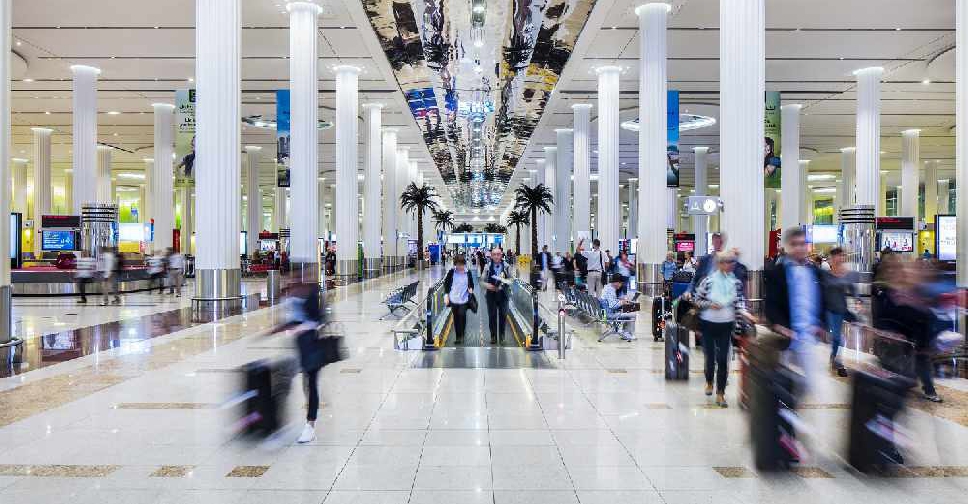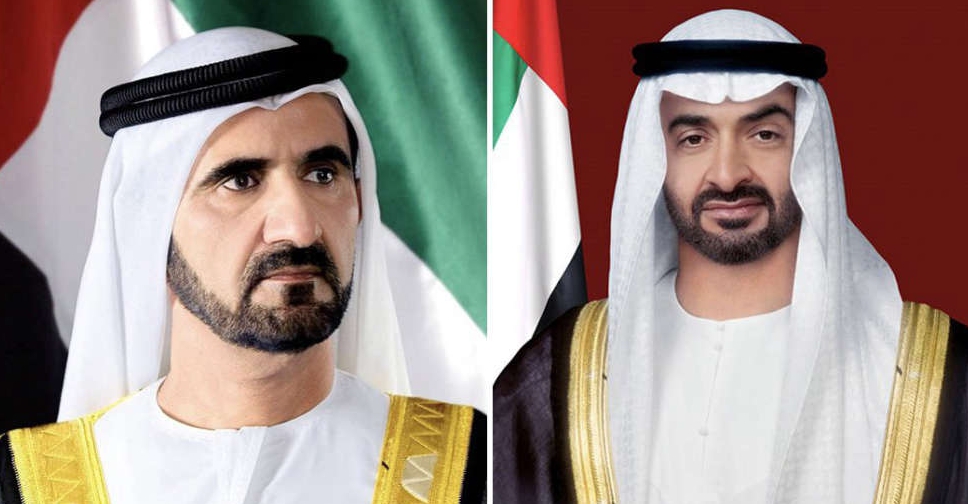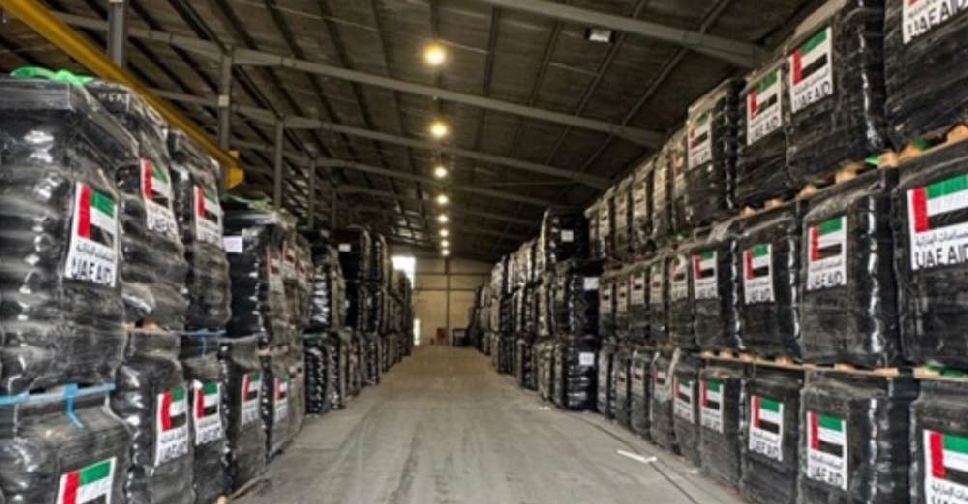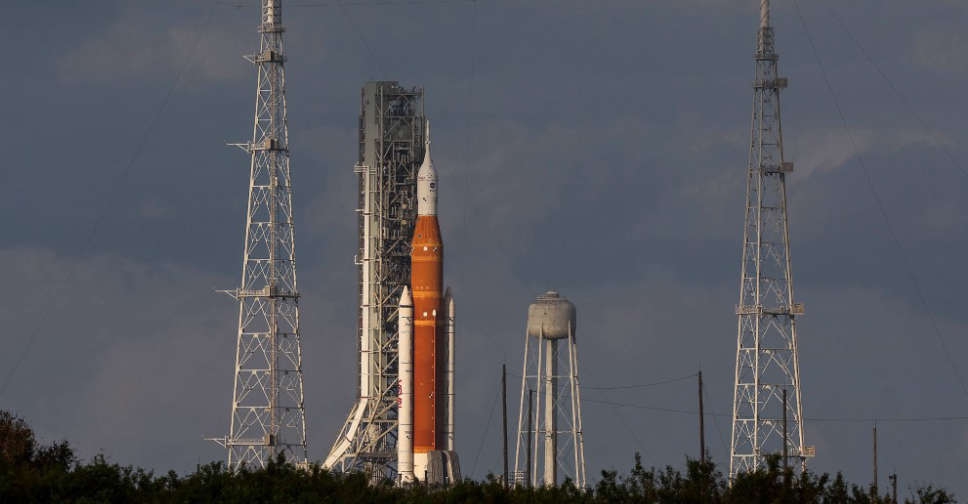
Ground teams at Kennedy Space Center prepared on Tuesday for a third try at launching NASA's towering, next-generation moon rocket, the debut flight of the U.S. space agency's Artemis lunar program, 50 years after Apollo's last moon mission.
The 32-storey tall Space Launch System (SLS) rocket was due to blast off from Cape Canaveral, Florida, at 1:04 am EST (0604 GMT) on Wednesday to send its Orion capsule on a 25-day voyage around the moon and back without astronauts aboard.
NASA flight-readiness crews were eager for success after 10 weeks beset by engineering difficulties, two hurricanes and two trips from the spacecraft's hangar to its launch pad.
Two previous launch attempts, on August 29 and September 3, were aborted because of fuel line leaks and other technical problems that NASA has since resolved. While moored to its launch pad last week, the rocket endured fierce winds and rains from Hurricane Nicole, forcing a two-day flight postponement.
Post-storm inspections found the hurricane had torn off a strip of ultra-thin protective sealant from Orion's exterior, but NASA officials said Monday night the damage was minor and posed a negligible risk to the launch.
Weather is always a factor beyond NASA's control. The latest forecast on Monday called for a 90 per cent chance of favorable conditions during Wednesday's two-hour launch window, according to the US Space Force at Cape Canaveral.
Dubbed Artemis I, the mission marks the first flight of the SLS rocket and the Orion capsule together, built under NASA contracts with Boeing Co and Lockheed Martin Corp, respectively.
It also signals a major change in direction for NASA's post-Apollo human spaceflight program, after decades focused on low-Earth orbit with space shuttles and the International Space Station.
SUCCESSOR TO APOLLO
Named for the Greek goddess of the hunt - and Apollo's twin sister - Artemis aims to return astronauts to the moon's surface as early as 2025.
Twelve astronauts walked on the moon during six Apollo missions from 1969 to 1972, the only spaceflights yet to place humans on the lunar surface. But Apollo, born of the U.S.-Soviet space race during the Cold War, was less science-driven than Artemis.
The new moon programme has enlisted commercial partners such as Elon Musk's SpaceX and the space agencies of Europe, Canada and Japan to eventually establish a long-term lunar base as a stepping stone to even more ambitious human voyages to Mars.
Getting the SLS-Orion spacecraft off the ground is a key first step. Its first voyage is intended to put the 5.75-million-pound vehicle through its paces in a rigorous test flight, pushing its design limits to prove the spacecraft is suitable to fly astronauts.
If the mission succeeds, a crewed Artemis II flight around the moon and back could come as early as 2024, followed within a few more years by the program's first lunar landing of astronauts, one of them a woman, with Artemis III.
Billed as the most powerful, complex rocket in the world, the SLS represents the biggest new vertical launch system the US space agency has built since the Saturn V of the Apollo era.
Barring last-minute difficulties, the launch countdown should end with the rocket's four main R-25 engines and its twin solid-rocket boosters igniting to produce 8.8 million pounds of thrust, sending the spacecraft streaking skyward.
About 90 minutes after liftoff, the rocket's upper stage will propel Orion out of Earth orbit on course for a 25-day flight that brings it to within 60 miles of the lunar surface before sailing 64,374 km beyond the moon and back to Earth. The capsule is expected to splash down in the Pacific on December 11.
Although no humans will be aboard, Orion will carry a simulated crew of three - one male and two female mannequins - fitted with sensors to measure radiation levels and other stresses that real-life astronauts would experience.
A top objective for the mission is to test the durability of Orion's heat shield during re-entry as it hits Earth's atmosphere at 39,429 km per hour, or 32 times the speed of sound, on its return from lunar orbit - much faster than re-entries of capsules returning from the space station.
The heat shield is designed to withstand re-entry friction expected to raise temperatures outside the capsule to nearly 5,000 degrees Fahrenheit.
More than a decade in development with years of delays and budget overruns, the SLS-Orion spacecraft has so far cost NASA least $37 billion, including design, construction, testing and ground facilities. NASA's Office of Inspector General has projected total Artemis costs will run to $93 billion by 2025.
NASA defends the programme as a boon to space exploration that has generated tens of thousands of jobs and billions of dollars in commerce.

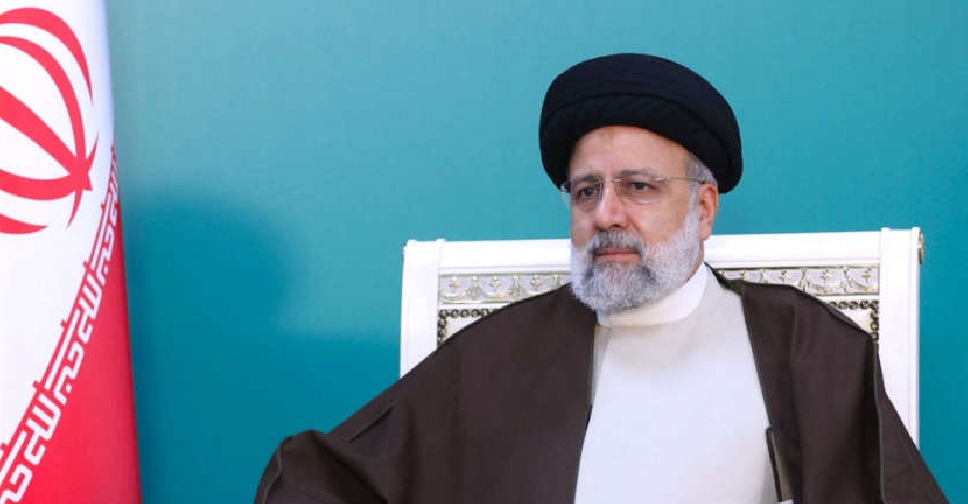 Iranian President Raisi killed in helicopter accident, state media says
Iranian President Raisi killed in helicopter accident, state media says
 ICC prosecutor seeks arrest warrants for Israeli, Hamas leaders
ICC prosecutor seeks arrest warrants for Israeli, Hamas leaders
 Assange given permission to appeal against US extradition
Assange given permission to appeal against US extradition
 Israel intends to broaden Rafah sweep, Defence Minister tells US
Israel intends to broaden Rafah sweep, Defence Minister tells US
 New Taiwanese president calls on China to stop threats
New Taiwanese president calls on China to stop threats

